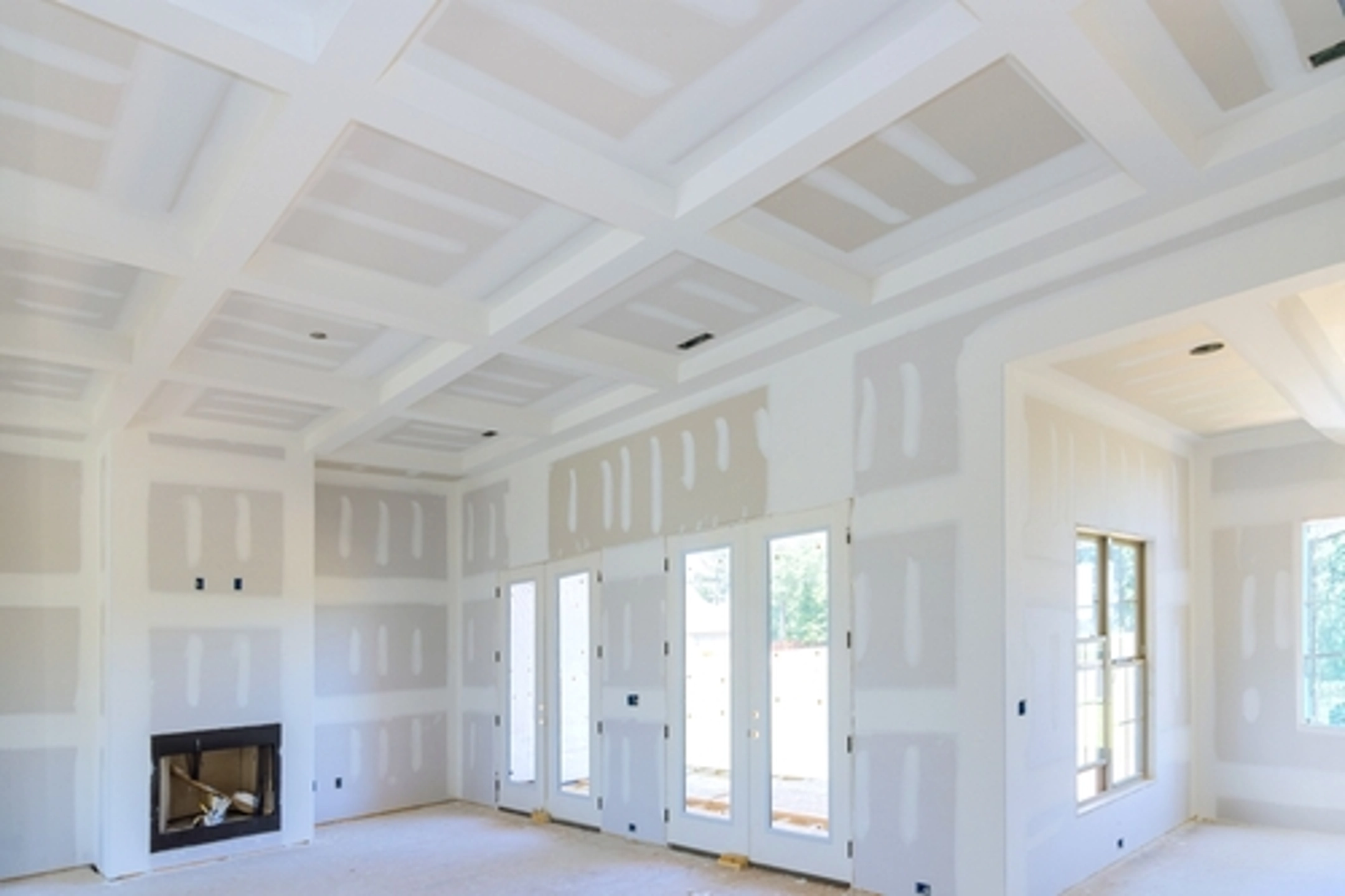
Seeing water residue on drywall can be confusing and scary. Left untreated, excessive moisture can lead to severe issues such as structural damage, mold issues, or more. Thankfully, SERVPRO® details signs to look for and offers steps you can take to help mitigate water damage on your wall (particularly drywall).
Can Water Damage Harm Drywall?
One of the most significant factors that contributes to how damaged drywall can become is how moist your wall is. For example, spilling a bottle of water against your wall will likely not cause much damage, but a flooded bathroom from a backed-up toilet can cause structural damage to the joints that hold up drywall pieces, as well as potentially cause the wooden structure to deteriorate. Even without direct contact with drywall, water damage tends to breed mold spores. If left to dry independently, these mold spores can rot and decay, releasing foul odors.
What Does Water Damage Look Like?
Drywall water damage can take on many different appearances. It often causes walls to appear:
- Warped
- Swollen
- Sagging
Keep in mind, however, that mold can appear behind drywall. In that case, sometimes the only hint of damage is a foul, mildewy smell, or increase in health effects.
For more information, read our companion article about the signs of water damage in your property.
What Causes Drywall to Get Wet?
Before we discuss tactics to help prevent or limit water damage to your walls, you should first understand common causes. From a broken window during heavy rain to a leaky pipe, there are many causes of water damage, which may affect exposed drywall:
- Leaks and malfunctions in the kitchen.
- Leaks and malfunctions in the bathroom.
- Plumbing failures.
- Malfunctioning HVAC.
- Cluttered HVAC vents.
- Damaged roofing.
- Damaged windows
- Natural disasters with heavy rainfall.
How to Help Prevent Water Damage
While it is impossible to prepare for every situation, these steps recommended by HouseBeautiful may help limit water damage. This, in turn, could help save you money, plus hours of stress and headaches, for not just you, but your family as well.
- Consider having a roofing inspector look over the exterior of your roof for any cracks or signs of damage that might cause water to enter from heavy rain or a natural disaster.
- If you feel comfortable and can do it safely, consider using your ladder to inspect your gutters for clogs. Or, call a gutter inspector. Ultimately, make sure any blockages are removed that might be backing up rainwater onto your roof.
- Have your HVAC system inspected for malfunctions, and your duct vents inspected for clogs or rips. If your air ducts need cleaning, reach out to your local SERVPRO.
- Insurance Information Institute recommends checking and properly caulking all doors and windows to help prevent water seepage.
How to Help Repair Water Damaged Drywall
As Forbes indicates, depending on the level of damage, you may be able to repair or restore your drywall by following the steps outlined below:
- First, eliminate the source of water damage, if safely possible. For example, if there is a leaky pipe, fix it yourself if you can, or hire a plumber.
- Using a pencil, outline the portion of drywall damaged by water that needs to be removed. To be safe, it is best to go a little bigger than the needed space when removing the section of drywall.
- If the portion of drywall removed is smaller than four inches, you can use a drywall patch. However, if the removed portion is larger than four inches, you will need to cut a new piece of drywall to match your dimensions. If you can use the damaged drywall as a template, that would be excellent. If not, simply use measuring tape to get the dimensions needed. Remember, a good rule of thumb is to “measure twice and cut once.”
- Install a 2 x 4 piece of wood behind the drywall to support the new wall section.
- Insert the new drywall patch/drywall into your precut section. Using a drill, insert screws one inch from the perimeter of the drywall into the 2 x 2 behind the drywall.
- Apply drywall tape to the edges around the new patch/drywall. Smooth a thin compound layer over the drywall/patch using the putty knife. Allow this to dry, and then repeat two to three times.
- Paint your repaired drywall to match the rest of your wall.
SERVPRO Provides Water Damage Repair Services and More
Water damage is often unpredictable. However, you can count on SERVPRO to help remediate the problem. With 2290 SERVPRO locations in the United States and Canada, there is a franchise nearby, prepared to assist with your cleanup and restoration needs. In addition to remediating water damage, SERVPRO professionals are prepared to assist with mold remediation, document restoration, deodorization services, roof tarping and board-up services, storm damage cleanup, and much more. We are the #1 choice in fire and water cleanup and restoration* for a reason. Contact your local SERVPRO for more information.
Please visit our FAQ and glossary to learn more about SERVPRO and the cleanup and restoration industry.